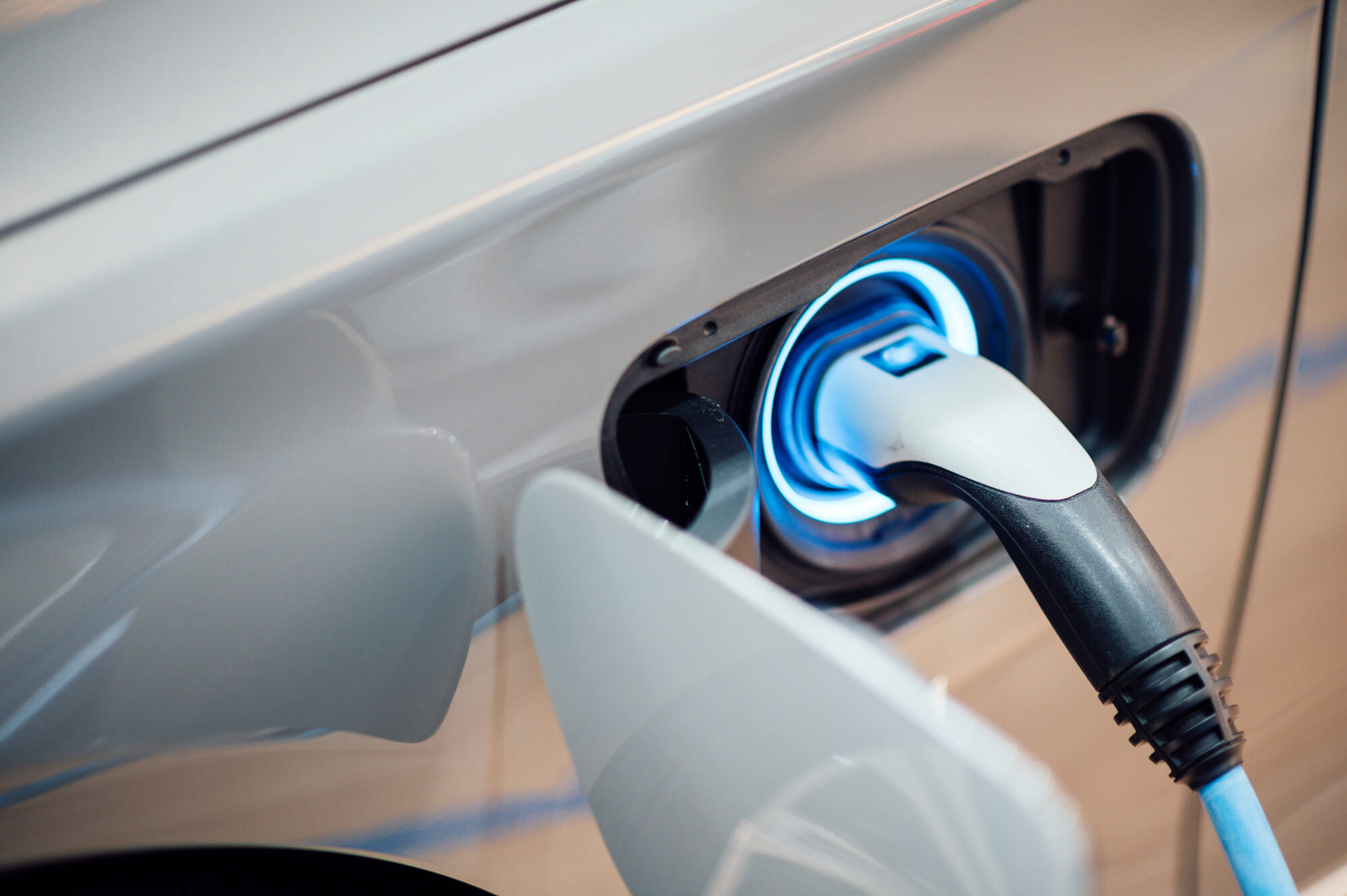Electric Automotivation

Look, electric cars cost too damn much for us to pin our climate change hopes on them. Photo by CHUTTERSNAP on Unsplash
With apologies to A Tribe Called Quest.

Look, electric cars cost too damn much for us to pin our climate change hopes on them. Photo by CHUTTERSNAP on Unsplash
From yesterday's Wall Street Journal article, Why America Doesn’t Have Enough EV Charging Stations:
The network’s build-out has a chicken-or-egg quality: EV advocates say many drivers will only be comfortable purchasing vehicles if rapid charging is as easy as using a pump at a gas station. Yet businesses interested in offering charging say they can’t make money until more EVs are on the road.
Most businesses don't have an incentive to add charging stations because they're expensive to install, don't make money, and may cause their electric bills to spike. From the article:
Another point of contention comes in how utilities charge businesses for electricity. The highest 15-minute period of power consumption each month makes up a large chunk of commercial billing. Because an EV charging session requires a surge of power, gas station owners say their monthly bills are spiking unpredictably, by hundreds or even thousands of dollars.
I had no idea that power companies billed business customers this way, but I can see why they'd be dissuaded from adding charging stations.
Another challenge, according to the piece: rural locations. Who, exactly is going to upgrade the electric grid so that rural drivers can move to electric vehicles? And when equipment breaks down, who is going to drive way out yonder to fix it?
Even in urban areas, charging stations are hit or miss. According to the article, a U.C. Berkeley study looked at 657 public EV fast chargers in the greater San Francisco Bay Area and found more than a quarter didn’t work.
Once you build the network, you also have to maintain it.
Not discussed: rental and multi-family housing. I personally think this is the biggest hurdle to mass electric vehicle adoption.
Los Angeles, for example, is a Tesla-driving town. It's also a town with a lot of housing stock that's 50 or more years old.
Handling the power demands of a charging an electric vehicle will almost require more homes to be rewired. That's great if you're an owner who occupies their property. It doesn't work so well if you rent and your landlord refuses to upgrade the home's power capacity. For apartment buildings, this can be an expensive proposition. For condominium owners, there's also the question of whether they can get it past their board.
Electric vehicles should not be our only answer. I don't think they can be, honestly. Building out our charging infrastructure is one hurdle. Battery manufacturing is another. Is there even enough lithium to go around? And that's before we get into the costs. EVs are expensive as hell compared to gas-powered vehicles. Despite what you've heard, they don't necessarily have a lower total cost of ownership. How will most Americans afford to make the changes we need to rapidly shift away from fossil fuels?
Related listen: How We Survive
Season 1 of Marketplace's podcast series How We Survive is all about lithium and the electrification of everything. Season 2 is also worth a listen, but the first season is most relevant to this post. Links to each episode of that season are below. Or find them on whatever service you use for your other podcasts.
- Episode 1: White Gold
- Episode 2: The Necessary Evil
- Episode 3: Electrify Everything
- Episode 4: The Resource
- Episode 5: Gnarly Brine
- Episode 6: Sci-Fi Intermission - This was my least favorite episode, since it's an interview with a Sci-Fi author I've never heard of. Sci-Fi, as a genre, is just not my jam, and this episode messes with the arc of the season. You can skip it unless you like Sci-Fi or this author.
- Episode 7: The Better Battery
- Episode 8: How We Change